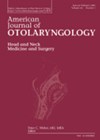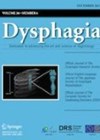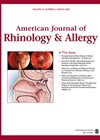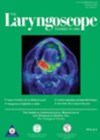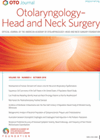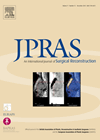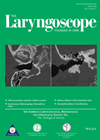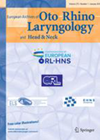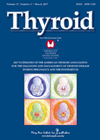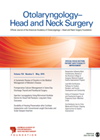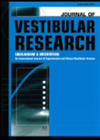
Journal Reviews
Gastrostomy tube dependence following TORS
Transoral robotic surgery (TORS) for oropharyngeal squamous cell carcinoma (OPSCC) is now a well-established treatment modality for early (T1-T2) disease. Accumulating evidence suggests that one of its main benefits relative to conventional chemoradiotherapy is superior long-term functional outcome, especially with...
Predicting the nature of swallowing deficits caused by surgical resection of the tongue?
Patients treated surgically for cancer of the tongue are expected to have difficulty in eating, drinking and swallowing. The authors of this paper report on a cohort of 106 patients in their practice who had surgical resection as primary treatment....
How to manage the concha bullosa in FESS
It is an interesting concept to assess how much impact the presence of a large concha bullosa (CB) has on both severity of chronic rhinosinusitis (CRS) and also postoperative outcomes after FESS. The authors accept that the paper has limitations...
Microvascular free flap failures – looking beyond surgical technique
Microvascular free flaps are commonly used in reconstruction for head and neck defects. Failures of these flaps, however, are associated with a significant morbidity and mortality. Flap failures within the first 72 hours are commonly attributed to technical failure of...
Is surgery in obese children with obstructive sleep apnoea effective?
The authors present the results of their literature review and meta-analysis of studies examining adenotonsillectomy, uvulopalatopharyngoplasty (UPPP), supraglottoplasty, tongue base surgery or a combination in obese children with obstructive sleep apnoea (OSA). The one study investigating effects of UPPP was...
To use or not to use: absorbable sutures for facial wounds
This systematic literature review looked at studies comparing facial skin closure with absorbable versus non-absorbable sutures. Studies not published in English or looking at areas other than the head and neck, and studies focused on suture technique rather than material...
KTP laser ablation for early glottic cancer
TLM for glottic carcinoma has historically been performed with a carbon dioxide (CO2) laser. A much smaller literature base has examined the use of potassium titanyl phosphate (KTP) laser in this context. This retrospective chart review aims to fill that...
Systematic review comparing transoral laser surgery versus open partial laryngeal surgery for advanced laryngeal cancer
The aim of this Italian systematic review was to establish outcomes (local control and survival) of conservative laryngeal surgery for advanced T stage laryngeal cancers. Articles published from 1980 onwards, had at least 10 patients that underwent partial laryngeal surgery...
Previous radiotherapy does not cause worse outcomes in patients with differentiated thyroid cancer
Radiation exposure from nuclear incidents, especially in childhood, is known to increase the risk of thyroid cancer. This large retrospective study from the Memorial Sloan Kettering Cancer Centre sought to determine if thyroid cancers in patients with prior exposure to...
Safety of outpatient thyroid and parathyroid surgery
This study examined the safety and outcomes of matched groups of patients, undergoing either inpatient thyroid / parathyroid surgery or being discharged within eight hours of surgery. There were 2,362 patients in each group who were matched by a ‘propensity...
How effective is vestibular rehabilitation in bilateral vestibular failure?
In patients with bilateral vestibular hypofunction (BVH), the outcome of vestibular rehabilitation is mixed. The aim of the study was to identify factors associated with outcome of vestibular rehabilitation (VR) in patients with BVH. A retrospective case notes review identified...

